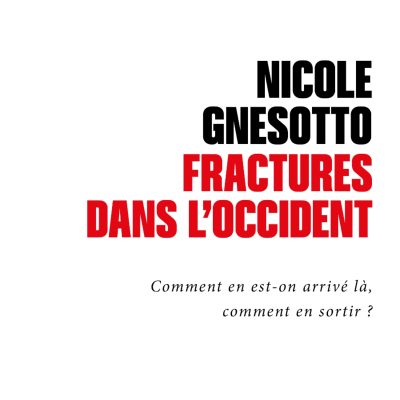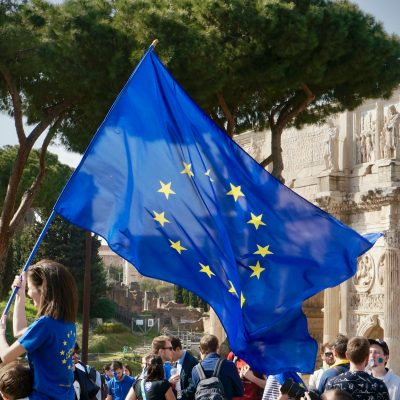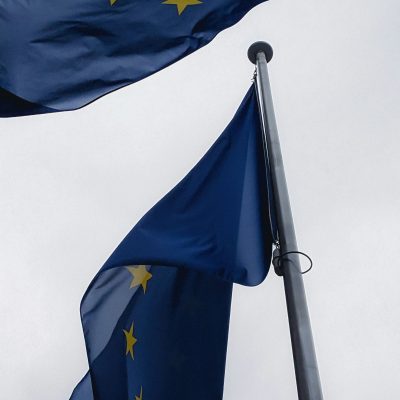The European Council
In the flurry of ideas and institutional proposals accompanying the work of the Convention on the Future of Europe, virtually nothing is said about the place and functions of the European Council. Similarly, in the abundant literature on European institutions, references to this body are few and far between. The text by Helen Wallace and Philippe de Schoutheete helps to fill some of this surprising gap.

It is striking that, amid the flurry of ideas and institutional proposals accompanying the work of the Convention on the Future of Europe, virtually nothing is said about the role and functions of the European Council, which since 1975 has brought together the heads of state and government of the European Union on a regular basis. Similarly, in the abundant literature on European institutions, references to this body are few and far between. It is almost as if, at the heights where these ‘summits’ of heads of state take place, the air is thin enough to discourage investigative or reformist zeal. This is why Notre Europe is grateful to Helen Wallace and Philippe de Schoutheete for helping to fill some of this surprising void.
All the more so as they have undertaken this exercise with a spirit of pragmatism and clarification that seems to me perfectly suited to the subject. The fact that there was no legal basis between 1975 and 1986 and that the European Council continues to operate without anything that could remotely resemble closely or remotely, to internal rules of procedure, has not prevented the European Council from being at the origin of all major decisions for a quarter of a century, whether on economic and monetary union or enlargement, to cite just two examples. It is also no small paradox that this body, which is so intergovernmental that it aroused fears when it was created, has since been the driving force behind the deepening of European integration.
It has thus become clear that the European Council plays, and must continue to play, an
irreplaceable role in driving forward the ongoing construction of a political Europe. It is equally clear that successive enlargements have led to dysfunctions that are likely to become explosive with the imminent doubling of the number of EU members.
To quote Tony Blair’s now famous phrase, ‘we cannot continue to work like this’. The very clear analysis provided by our authors of the various functions of this Council makes it possible to identify these dysfunctions in a way that is fruitful for the reforms they call for.
I would like to thank our two authors for resisting the temptation to make sensational proposals and instead seeking to mark out the boundaries of what is reasonable in the three areas they have chosen: the establishment of rules of procedure, the revitalisation of the ‘general affairs’ function of the Council of Ministers and the redefinition of the role of the Presidency. In the same spirit, their work is peppered with welcome common-sense observations, such as the futility of cluttering the agenda with issues that are bound to end in spectacular failure, or the danger of an overly theological approach to the opposition between intergovernmental and Community action, which the entire history of the European Council invites us to move beyond. Provided, that is, that the Commission is allowed to play the full role assigned to it by the founders of Europe. It is indeed the Commission that can both ensure continuity of action and propose innovations or steps forward. It is the Commission which, as experience shows, can enable the European Council to focus on the essentials and not get bogged down in an agenda that is too busy and unclear for citizens.
With this brief, clear and well-documented study, Notre Europe is proud to make available, on a subject that has been little analysed, ‘the reference document that all those interested in the European institutions have been waiting for’, as is often said, albeit not always so accurately.





